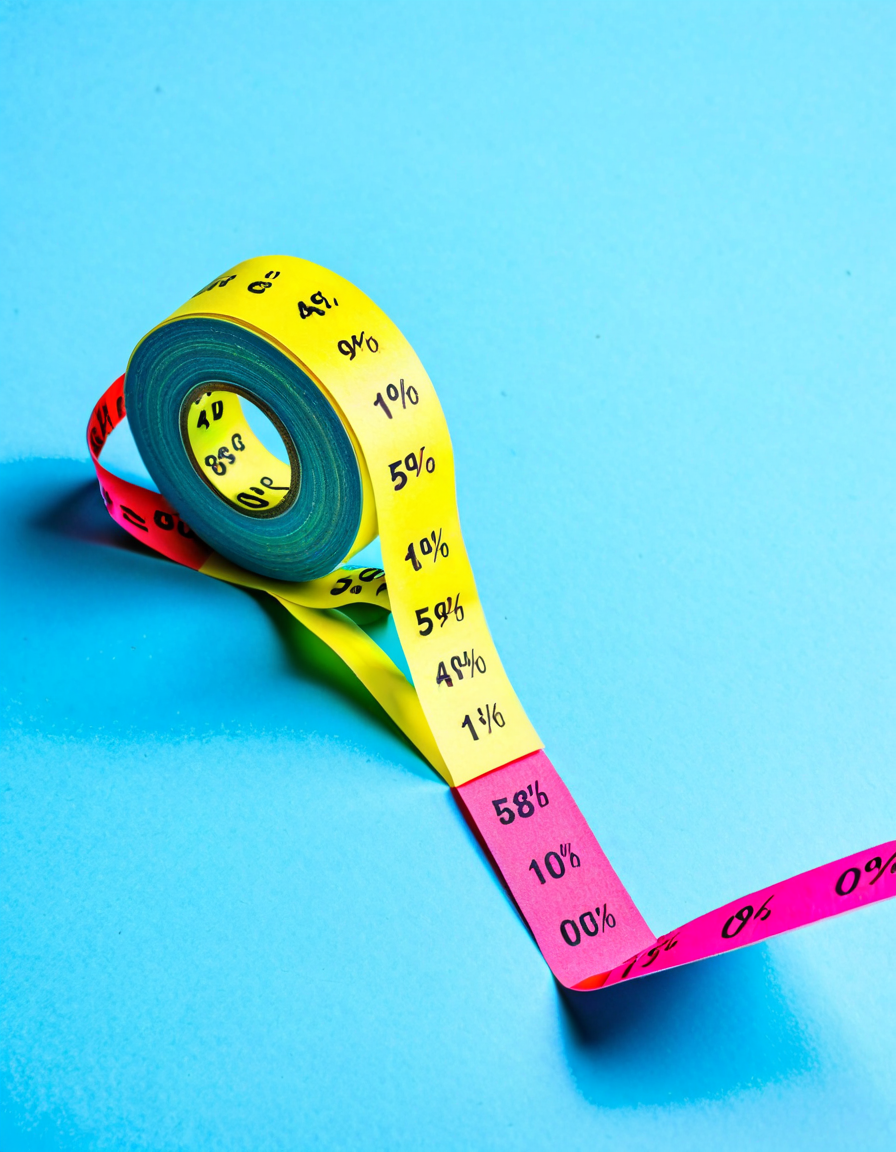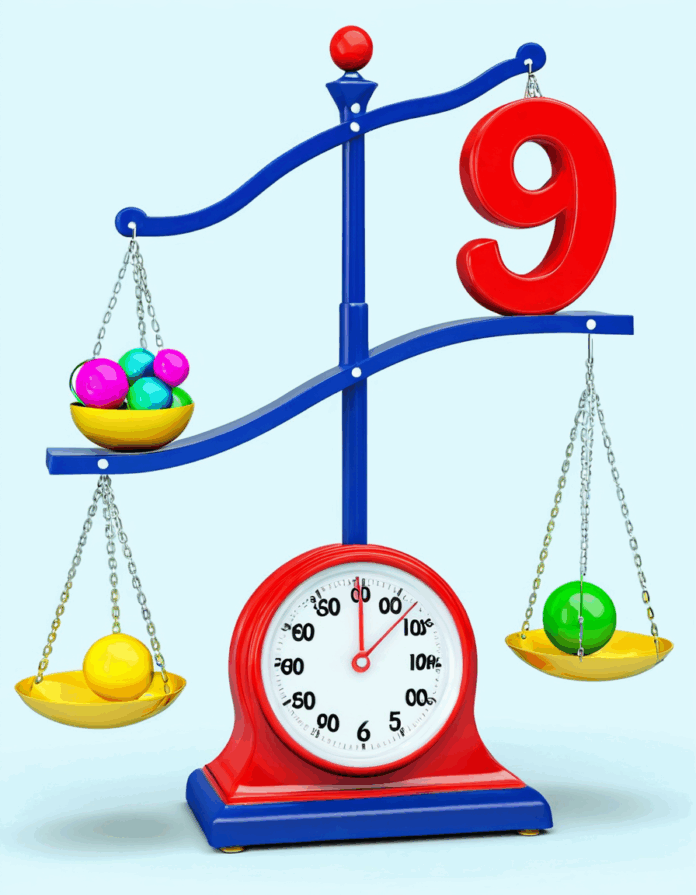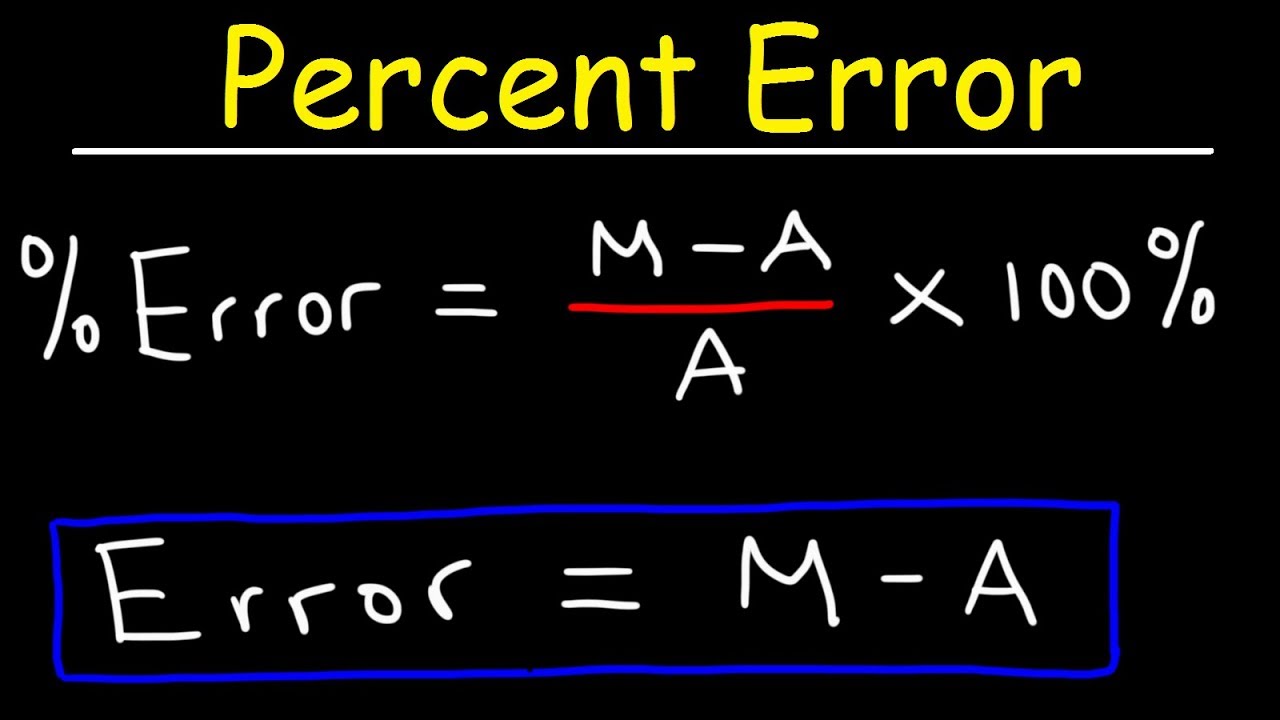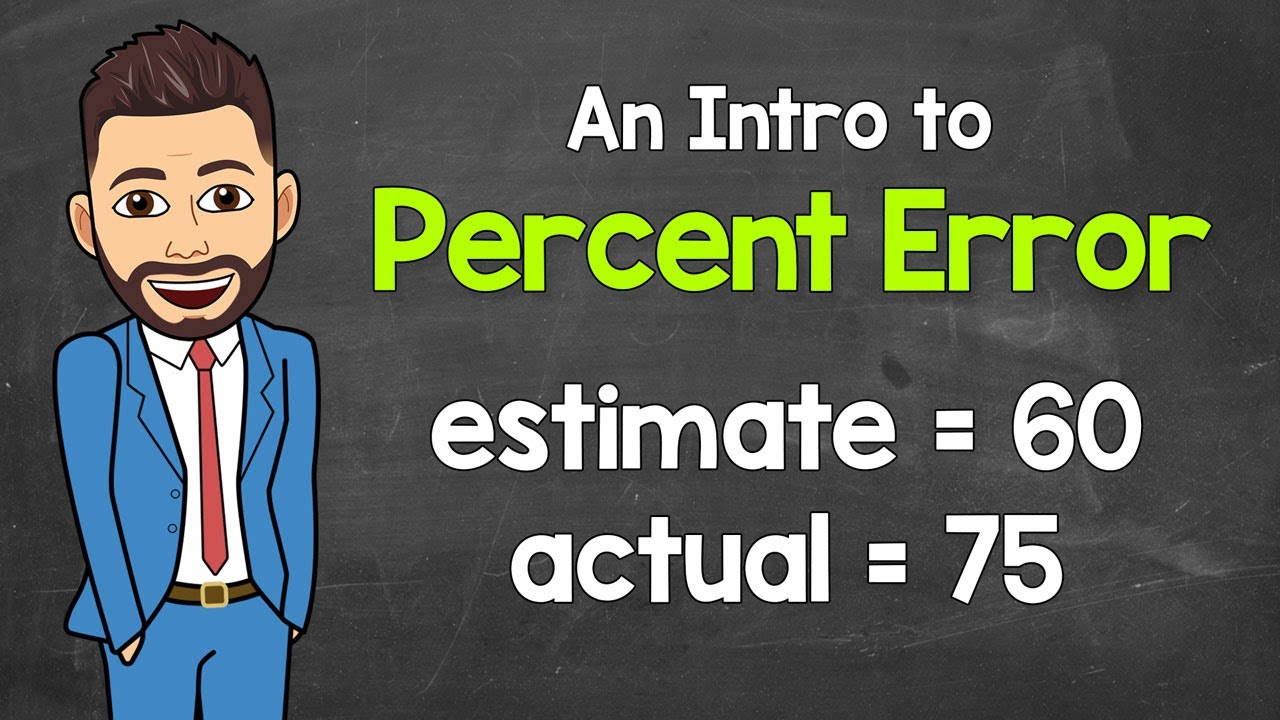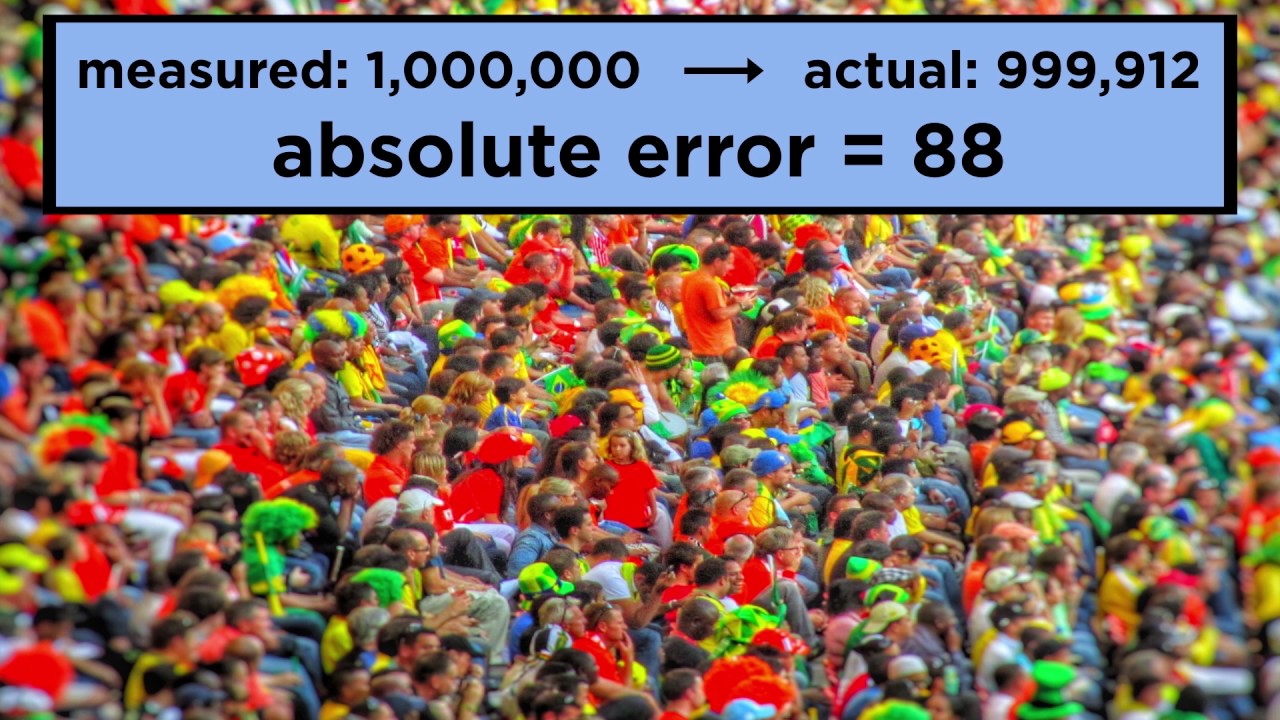Understanding percent error is essential across various fields, from science and finance to manufacturing and everyday purchases. It’s a measurement that helps us gauge the accuracy of our data against known values, ultimately guiding us to make better decisions. This article explores the concept of percent error, breaks down its formula, and highlights its practical impact on various domains, especially purchasing power.
Top 7 Essential Insights on Percent Error and Measurement Accuracy
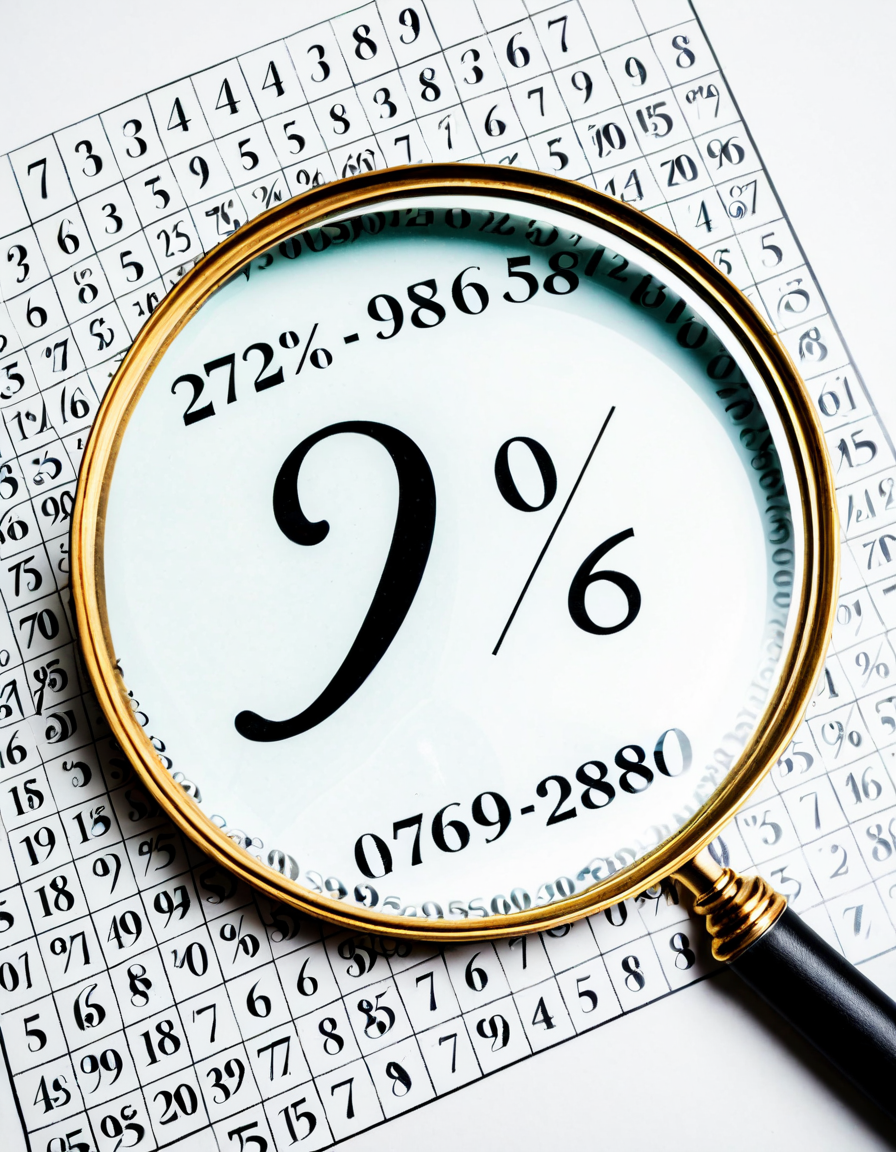
1. The Percent Error Formula: A Step-by-Step Breakdown
Grasping the percent error formula is vital for data analysis. The formula looks simple but holds significant implications:
\text{Percent Error} = \left( \frac{\text{|Measured Value – True Value|}}{\text{True Value}} \right) \times 100
Say a retailer weighs a package and finds it’s 2.5 kg. If the true expected weight is 2.0 kg, we can calculate the percent error:
\text{Percent Error} = \left( \frac{|2.5 – 2.0|}{2.0} \right) \times 100 = 25\%
This illustration shows how small discrepancies can greatly distort perceived values, ultimately impacting consumer decisions and business strategies.
2. Real-World Application in Manufacturing: Toyota’s Precision Engineering
In the manufacturing space, especially the automotive sector, precision isn’t just nice to have—it’s a must. Toyota stands as a prime example of this. They maintain strict measuring standards and leverage percent error calculations to streamline assembly lines. By focusing on minimizing percent error in parts specifications, they promote better fits between components, which significantly reduces production costs and enhances vehicle quality.
Consider a situation where a miscalculation leads to a component not fitting with others. The cost of rectifying such errors can spiral, making Toyota’s approach towards precise measuring systems seem not just beneficial, but essential for thriving in a competitive market.
3. Financial Forecasting: Percent Error in Market Predictions
The finance industry hinges on statistics and predictions, where percent error plays a vital role. Take the forecasts made by Goldman Sachs during the 2020 pandemic, predicting a 15% GDP decline when the actual rate was around 10%. For those keeping track, the percent error calculation looks like this:
\text{Percent Error} = \left( \frac{|15 – 10|}{15} \right) \times 100 = 33.33\%
Through this lens, we see firsthand how projections can sway economic policies and consumer purchasing power. Decisions based on inaccurate forecasts could have led to misplaced investments or inefficient financial strategies.
4. Educational Settings: How Percent Error Impacts Student Labs
In classrooms, particularly in science labs, percent error serves an educational purpose. For instance, students experimenting with boiling water may record a boiling point of 102°C instead of the accepted 100°C. Here, calculating the percent error encourages discussion among students about what went wrong, fostering a culture of inquiry.
By grappling with errors, students not only learn about precision but also develop critical thinking and problem-solving skills. This knowledge can empower them when they encounter real-world applications where accuracy matters.
5. Percent Error in Everyday Purchases: The Example of Grocery Shopping
Shopping isn’t just about picking up items; it’s also about making smart financial choices. Imagine a shopper sees bananas priced at $0.72 per pound at Store A while the fair market price should realistically be around $0.65. Using the percent error metric, we can evaluate this situation:
\text{Percent Error} = \left( \frac{|0.72 – 0.65|}{0.65} \right) \times 100 \approx 10.77\%
Such calculations can enhance consumer savvy, allowing shoppers to discern fair pricing and thus protect their purchasing power.
6. Science and Research: Percent Error in Experimental Science
Accurate data is the gold standard in scientific research. When a physicist aims to measure gravity and finds a value of 9.8 m/s², it’s crucial to compare that to the accepted 9.81 m/s². The percent error in this case is calculated as follows:
\text{Percent Error} = \left( \frac{|9.8 – 9.81|}{9.81} \right) \times 100 \approx 0.10\%
Even minute errors matter in the scientific community, influencing everything from credibility to funding for future research initiatives. Ensuring data integrity through meticulous measurement enhances the reliability of findings.
7. The Psychological Impact of Percent Error on Consumer Perception
Lastly, how consumers perceive brands can heavily depend on percent error. For example, Apple often makes claims about battery life in its devices. If a user finds their experience falls short of what’s advertised, this discrepancy can erode trust and damage brand loyalty.
Companies must stay vigilant, ensuring their messaging aligns with real-world performance data, lest they jeopardize their standing in a fiercely competitive market. Consumers are savvy; they look for transparency and accuracy to reinforce their purchases.
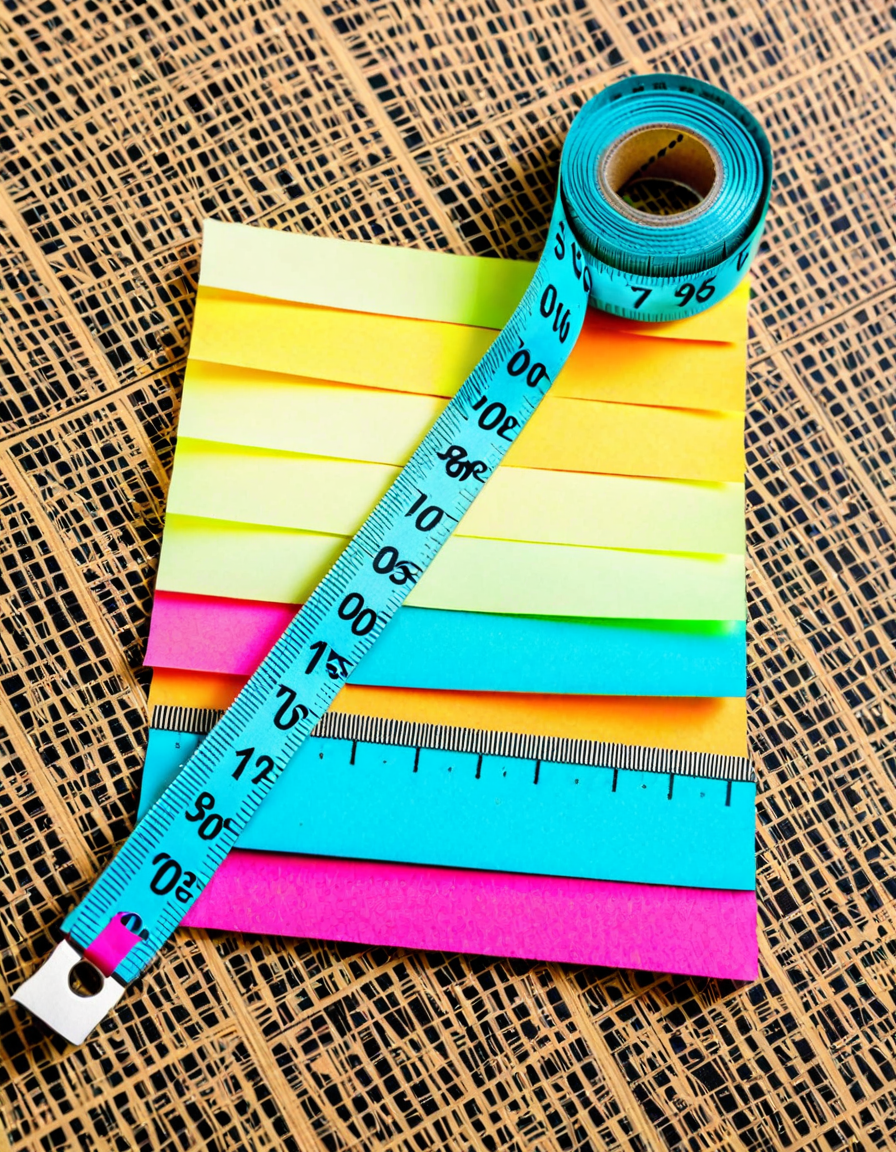
Reimagining Measurement: The Future of Percent Error Analysis
With the rise of technology, particularly AI and machine learning, our grasp of accuracy is evolving. These tools enable us to analyze data in sophisticated ways, minimizing percent error more effectively than ever before. As industries leverage advanced methods, decision-making in finance, manufacturing, education, and consumer behavior will likely improve significantly.
Fostering this understanding of percent error can be a game-changer. It not only enhances measurement reliability but also empowers individuals and organizations alike, reinforcing purchasing power and overall satisfaction. If you want to get ahead in today’s data-driven economy, mastering percent error could be your ticket to success.
For those seeking to dive deeper into various real estate topics, managing your purchasing power effectively can shape your financial future—whether you’re a first-time homebuyer eyeing properties from Howard County maryland or researching Cities in North carolina. From understanding important factors like percent error to exploring tools that streamline your buying process, www.HomeBuyTips.com serves as a comprehensive resource to navigate the complexities of the housing market.
Moreover, check out related locations, like Kitchen Kettle Village in Lancaster PA or stylish designs from Porcelanosa, as you cultivate your dream home. Understanding the nuances of your investments isn’t just intelligent; it’s essential.
Happy measuring!
Fun Trivia About Percent Error
Did you know that percent error is not just a math concept; it can also pop up in everyday life? For example, did you ever wonder how precise measurements can impact tasty recipes? When cooking up a storm at a charming place like Kitchen Kettle village in Lancaster , Pa, understanding percent error can make or break your dish. If you mistakenly use 2 cups of sugar instead of 1 cup, that’s a 100% error! So, whether you’re flipping pancakes or measuring out ingredients for a special treat, the accuracy of your measurements matters!
It might surprise you to hear that percent error is commonly used in fields like science, engineering, and even finance! Take the sports world, for instance; during a nail-biting game of Man City Vs Liverpool, analysts keep track of players’ performance stats, comparing expected outcomes with actual results. A player’s shooting accuracy is calculated using percent error to sharpen strategies. So next time you’re shaking your pom-poms, remember that those stats are rooted in precision and measurement, just like in the kitchen!
And speaking of measurements, did you ever think about how famous personalities tackle their daily tasks? Think of how someone like Noah Eagle might measure his success or craft his commentary during games. Using percent error helps professionals fine-tune their metrics, drawing accurate conclusions. It’s a nifty reminder that whether you’re in the broadcast booth or behind the stove, being precise counts. In the end, mastering percent error can empower you in countless areas of life!
